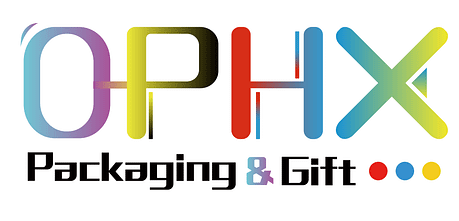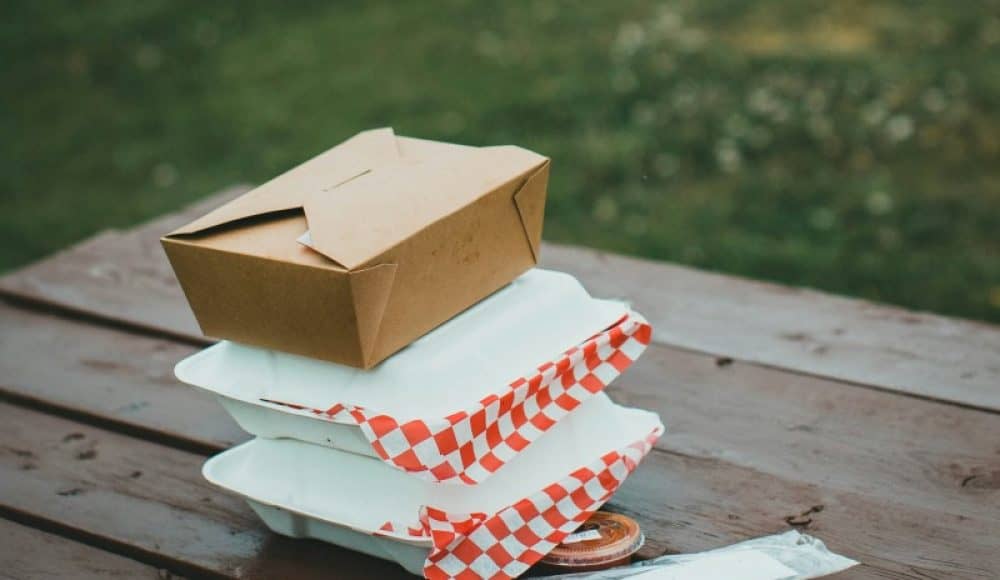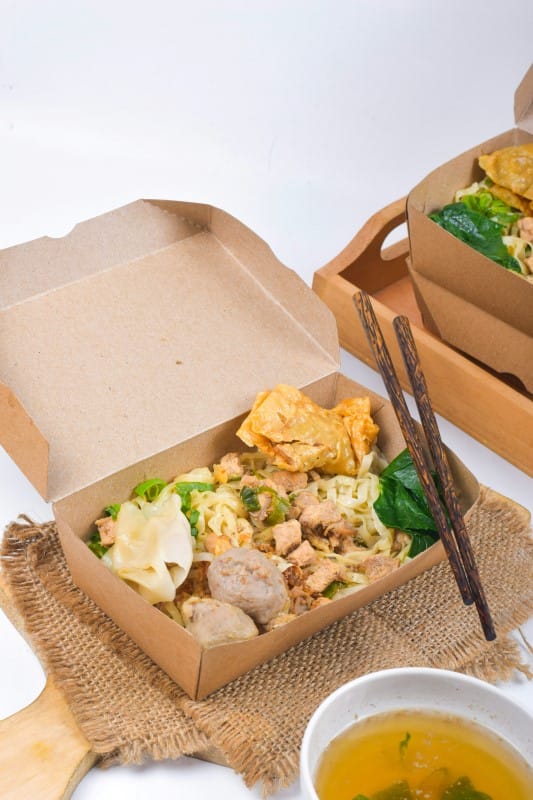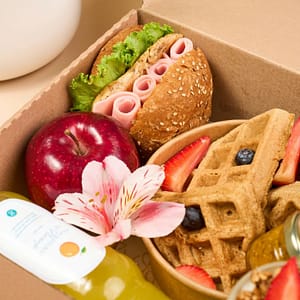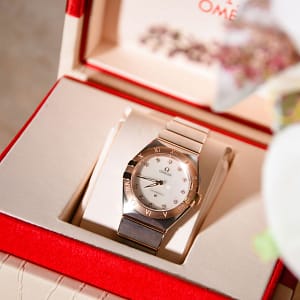Waste in the Fast Food Industry
The global foodservice industry produces millions of tons of waste each year. From disposable wrappers to plastic clamshells, much of this waste is generated from single-use packaging. Fast food restaurants, in particular, contribute heavily due to high customer volume and convenience-focused service models.
However, as environmental awareness grows, so does the demand for sustainable solutions. Today, many restaurants are replacing plastic containers with eco-friendly fast food boxes. These products offer not only environmental benefits but also practical advantages in cost, branding, and compliance.
In this article, we explore how switching to eco packaging impacts waste reduction and why eco-friendly fast food boxes are becoming the industry standard.
A Shift Toward Green Packaging
In recent years, sustainability has become more than a buzzword. It’s now a core value in foodservice business models. Governments are banning plastic. Customers are demanding change. Major franchises are rethinking their entire packaging systems.
Single-use plastic bans are in effect in over 60 countries.
Consumers are willing to pay more for green-packaged food.
Brands like McDonald’s and Starbucks have pledged zero-waste goals.
This shift is creating a massive opportunity for eco-friendly alternatives. Materials like kraft paper, molded pulp, bagasse, and PLA are leading the charge. Among them, eco-friendly fast food boxes are gaining attention due to their durability, compostability, and cost-efficiency.
Pain Points of Traditional Packaging
Before understanding how eco packaging helps, we need to look at the flaws in traditional fast food packaging. These issues are widespread and deeply embedded in current practices.
- Non-Biodegradable Waste Accumulation: Most fast food containers are made from plastic, Styrofoam, or coated cardboard. These materials do not decompose naturally. They remain in landfills or oceans for hundreds of years.
- Recycling Challenges: Even when labeled as recyclable, many containers are not processed due to food contamination. Greasy pizza boxes, sauce-soaked wrappers, and wax-coated cups are often sent to landfills.
- High Carbon Footprint: The production and transportation of plastic packaging consume large amounts of energy. Additionally, incineration of these materials releases toxic gases into the air.
- Customer Pushback: Today’s consumers are more aware than ever. Plastic-heavy packaging can damage a restaurant’s image, especially among younger, eco-conscious demographics.
The Role of Eco-Friendly Fast Food Boxes
Now, let’s examine how eco-friendly fast food boxes offer a solution.
1. Biodegradability and Compostability
One major benefit of these boxes is their ability to break down naturally. Made from renewable materials like kraft paper or bamboo fiber, they decompose in as little as 90 days under composting conditions. This means less waste ends up in landfills.
2. Reduction in Packaging Waste
According to industry data, restaurants that switch to compostable containers can reduce packaging waste by up to 65% per outlet per year. For a single quick-service restaurant serving 300 meals per day, this could prevent over 5,000 kilograms of waste annually.
3. Lower Recycling Burden
Because eco boxes are compostable, they reduce reliance on traditional recycling systems. This simplifies waste sorting and cuts disposal costs.
4. Renewable Material Sourcing
Materials used in eco boxes come from sustainable forests, agricultural byproducts, or recycled fiber. This reduces the environmental footprint of raw material sourcing.
5. Versatile Design and Functionality
Modern eco friendly fast food boxes are not only green but also heat-resistant, greaseproof, and stackable. This makes them suitable for burgers, fries, sandwiches, and even soups.
Quantifying Waste Reduction
Let’s break it down with an example. Suppose a fast food chain runs 100 locations, each using 500 disposable boxes per day.
| Material Type | Boxes per Day | Boxes per Year | Average Waste Weight | Total Waste |
|---|---|---|---|---|
| Plastic Boxes | 500 | 182,500 | 18g/box | ~3,285 kg/year |
| Eco Boxes | 500 | 182,500 | 14g/box | ~2,555 kg/year |
By switching to eco boxes:
Waste weight is reduced by 22%.
Nearly 730 kg of waste is eliminated per location annually.
Across 100 restaurants, that’s over 73 metric tons of waste reduction per year.
In addition, eco boxes degrade in months, while plastic persists for centuries.
Packaging Materials: What Are Eco Boxes Made From?
There’s a wide variety of sustainable materials used to make eco-friendly fast food boxes. Each has different benefits.
| Material | Source | Properties | Decomposition Time |
|---|---|---|---|
| Kraft Paper | Wood pulp | Lightweight, printable | 2–4 weeks |
| Bagasse | Sugarcane fiber | Heat-resistant, sturdy | 45–90 days |
| PLA Coated Paper | Corn starch bioplastic | Water/grease resistant | 60–180 days |
| Bamboo Fiber | Bamboo pulp | Renewable, strong | ~60 days |
OPHX uses FSC-certified kraft and biodegradable coatings to ensure our boxes meet both quality and environmental standards.
Real-World Impact: What Our Clients See
Restaurants using OPHX eco packaging have reported:
35% reduction in customer complaints about excessive packaging.
Increased media coverage for green initiatives.
Faster permit approvals in cities with plastic bans.
Up to 15% higher social media engagement when sharing sustainability efforts.
Our boxes aren’t just containers. They’re a statement of responsibility.
Conclusion: It’s Time to Make the Switch
The numbers are clear. Switching to eco-friendly fast food boxes dramatically cuts restaurant waste. It improves customer perception, reduces costs over time, and prepares your brand for the future.
By replacing traditional materials with compostable ones, even a small restaurant can save tons of waste annually. When scaled, these changes ripple across the entire industry. At OPHX, we offer more than just packaging. We provide sustainable solutions tailored to your business.
